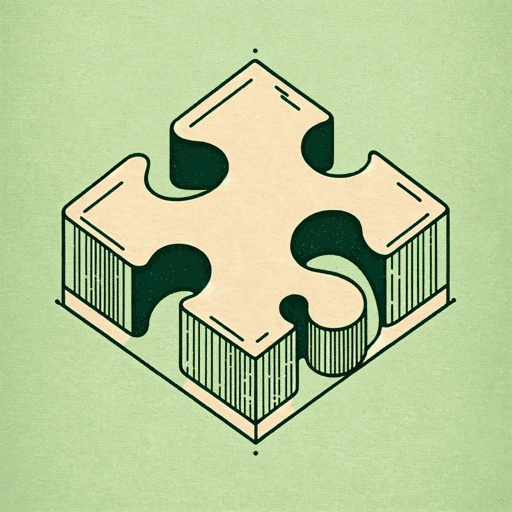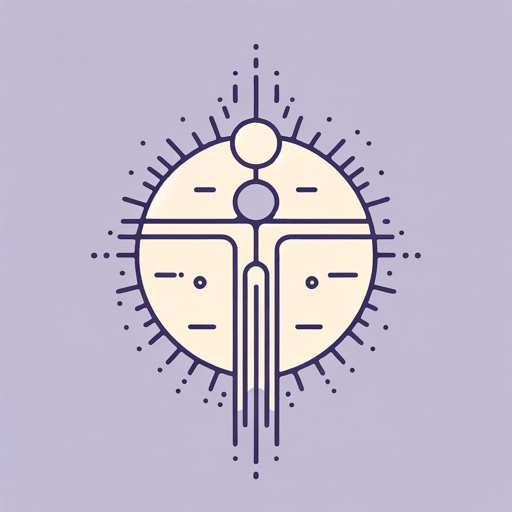45 pages • 1 hour read
Émile DurkheimThe Division of Labor in Society
Nonfiction | Book | Adult | Published in 1893A modern alternative to SparkNotes and CliffsNotes, SuperSummary offers high-quality Study Guides with detailed chapter summaries and analysis of major themes, characters, and more.
Book II, Chapters 1-2Chapter Summaries & Analyses
Book II, Chapter 1 Summary & Analysis: “The Progress of the Division of Labor and of Happiness”
After framing his basic theory in the previous section, Book II explores what caused the division of labor to progress over time. While most political economists believe that societies have been constituted to arrive at the point in history where labor can be divided up and specialized, Durkheim does not believe this to be a self-evident conclusion. He dedicates the chapter to exploring which of society or the division of labor was the catalyst for the other.
Durkheim first rules out the idea that the division of labor is due to deliberate human action since nobody has predicted nor is capable of predicting the actual effects it will have on society. One possible explanation for the development of the division of labor is humanity’s constant desire for happiness. When work is divided, it is done more efficiently and the resulting product is also of higher quality. This explains why the division of labor—and by extension social progress—happens at an increasingly rapid pace. However, Durkheim reasons, if this is truly the case, then human happiness should also have increased exponentially. Biologically, this is impossible, for pleasure is only ever felt in greater intensity when people are not constantly basking in it.


